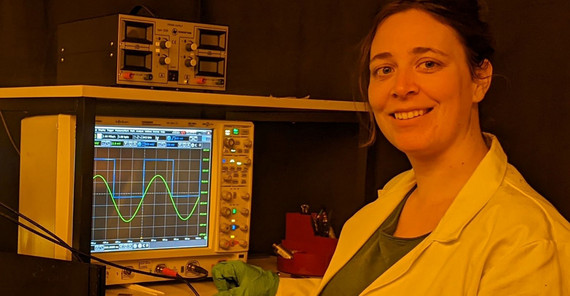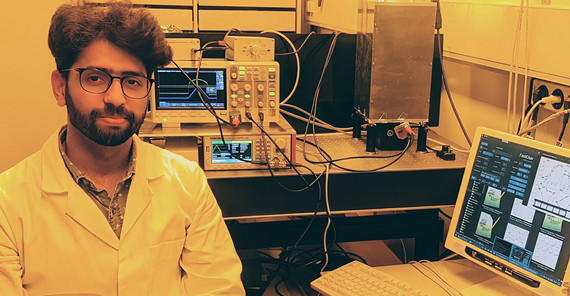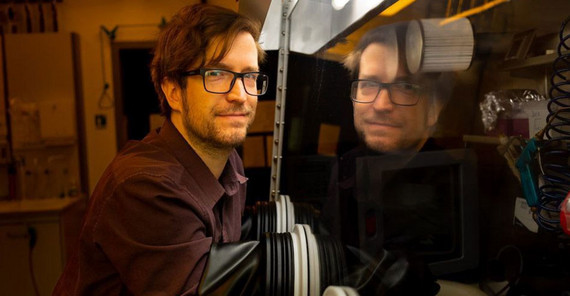Solar energy from photovoltaics is one of the most widespread forms of renewable energy. Perovskite-based tandem solar cells are considered a next-generation technology and have eclipsed the performance of traditional Silicon-based technologies. However, the perovskite stability lags significantly behind Silicon cells by roughly one order of magnitude in lifetime. The rather poor perovskite stability is usually attributed to electronic defects, electrode oxidation, the ionic nature of the perovskite, or chemical decomposition under moisture and oxygen. Understanding the underlying degradation mechanism is crucial to enable targeted improvements.
“In our article, we demonstrate that an increasing concentration of defects in the cells is apparently not a decisive factor for degradation,” says Martin Stolterfoht, former leader of the Heisenberg junior research group “PotsdamPero” at the University of Potsdam and now professor at the Chinese University of Hong Kong. Instead, it is the creation of more and more mobile ions under external stressors in the perovskite semiconductors that screen the built-in field in the perovskite absorber which leads to charge extraction losses. “We have shown that the ion-induced field screening dominates the operational stability of various commonly used perovskite cells. For example, we can use the ionic fingerprints detected in newly developed devices to accurately predict the stability of the cells,” he adds. These findings lay the foundation for new strategies to improve the cell lifetime and to accelerate the development of new perovskite cells with outstanding stabilities.
Link to Publication: Thiesbrummel, J., Shah, S. and Stolterfoht, M. et al., Ion-induced field screening as a dominant factor in perovskite solar cell operational stability. NENERGY-23010108 (2024). https://www.nature.com/articles/s41560-024-01487-w
Image 1: Dr. Jarla Thiesbrummel performing measurements in the perovskite lab. Image Credit: Sahil Shah
Image 2: PhD student Sahil Shah performing measurements in the perovskite lab. Image Credit: Steffen Richter
Image 3: Prof. Martin Stolterfoht in the perovskite lab. Image Credit: Jonas Walter
Contact:
Prof. Dr. Martin Stolterfoht, Department of Electronic Engineering, Chinese University of Hong Kong
E-Mail: mstolterfohtuee.cuhk.eduphk
Contact UP:
Sahil Shah, Institute of Physics and Astronomy, University of Potsdam
E-Mail: sahil.shahuuni-potsdampde
Media Information 28-03-2024 / Nr. 019



